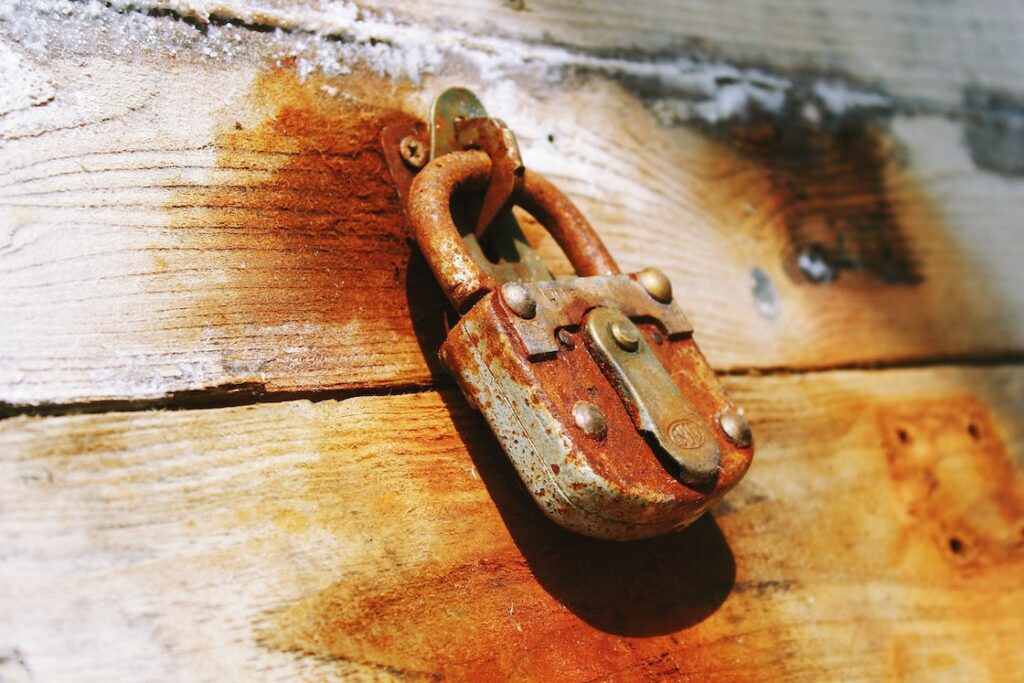The short answer is that yes, mold technically can grow on metal surfaces.
While materials like steel, aluminum, and copper don’t naturally provide the type of habitat that allows mold to flourish, there are indeed situations in which the fungus can develop on metal.
So, although you don’t need to be quite as diligent about mold growth with metal surfaces as you would for wood or drywall, you aren’t entirely in the clear, either.
What Causes Mold To Grow On Metal?
For the most part, the same conditions that cause mold to grow on your carpet or walls will also cause it to grow in your air metal ducts or on your metal doors and appliances.
Typically, the appearance of mold spores is the result of moisture being combined with organic material, such as soil or rodent droppings.
That means that if your home or business has a humidity problem or persistent water leaks, then any unclean surfaces will be susceptible to mold growth.
Ultimately, it isn’t so much that metal specifically is at risk for mold development; in truth, nearly every type of surface is at risk for mold development, provided the conditions are right. Metal simply isn’t an exception to that rule.
Mold On Metal Is Much Easier To Deal With Than On Other Surfaces
The reason mold can become such a serious problem with materials like drywall and wood is that those materials are porous.
As a result, a mold colony can work its way deeper into the surface as it grows and expands, solidifying its presence within.
Once that happens, it becomes nearly impossible to effectively remove the fungus without replacing the material entirely.
Metal, though, isn’t porous. So, even if the conditions do result in mold spores growing on a metal surface in your home, you can usually remove them without much hassle. However, that doesn’t mean you shouldn’t be proactive about preventing mold growth on those surfaces.
If you leave a mold colony unchecked for too long, even on metal, it can cause respiratory problems and discomfort for anyone regularly breathing in the spores. This is one reason that it’s recommended to regularly get your air ducts professionally cleaned out.
How To Remove Mold Growth From Metal
If you do find this pesky fungus growing on a metal surface in your home or business, don’t panic. Fortunately, thoroughly eliminating mold from metal tends to be quick and straightforward. Simply follow these steps:
- Ensure that the room or area is well-ventilated.
- Put on the necessary protective gear (facemask, eye protection, and rubber gloves).
- Apply a thin coat of your chosen anti-fungal cleaner to the affected area.
- After allowing the cleaning solution to dry, scrub the mold from the metal with a bristled brush or the rough side of a sponge.
- With all of the mold removed, apply another thin layer of the anti-fungal solution to the spot. This will ensure that all of the spores have truly been eliminated and won’t be coming back with a vengeance.
- After 15 to 30 minutes, rinse the surface with clean water and dry it with a towel.


